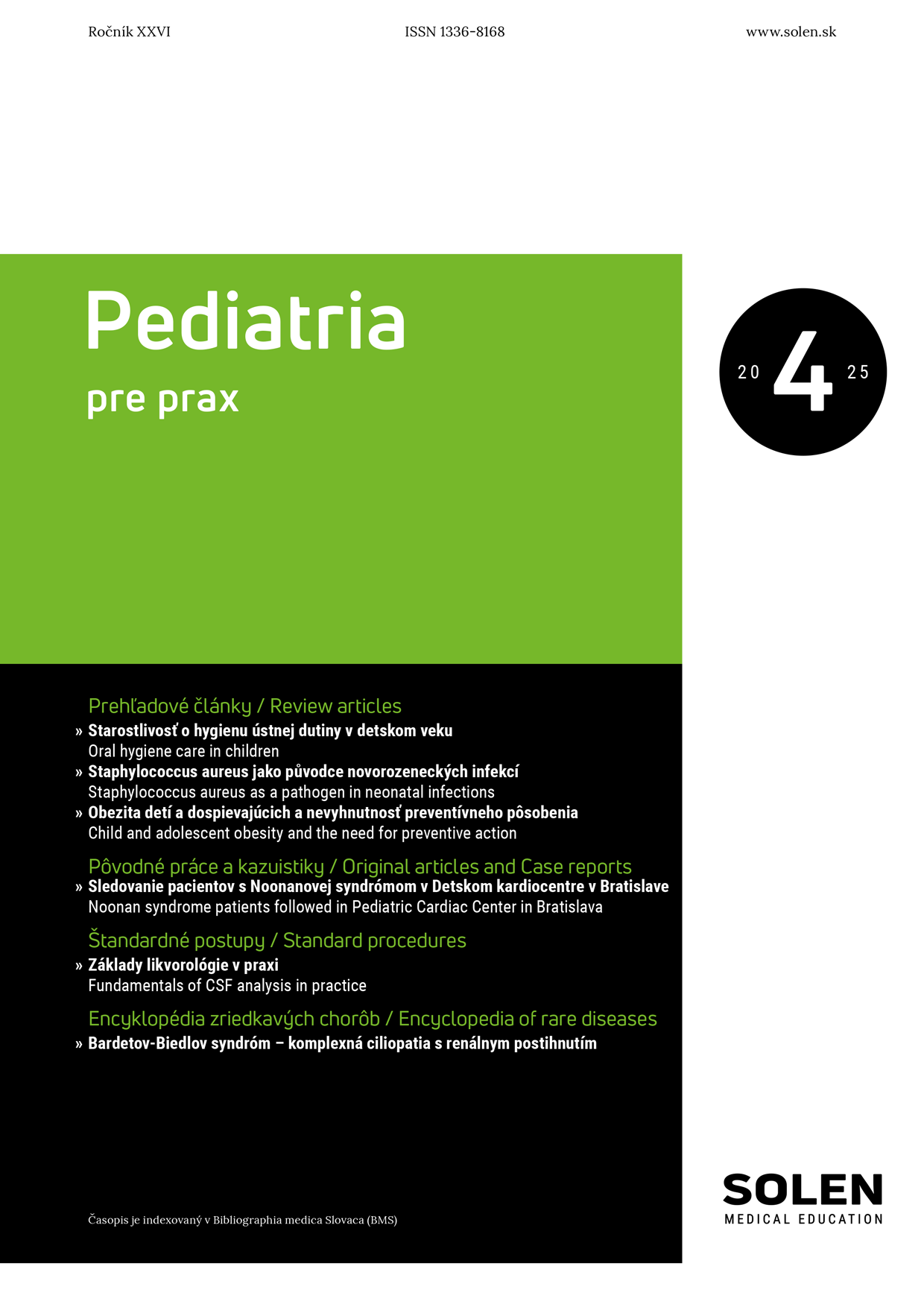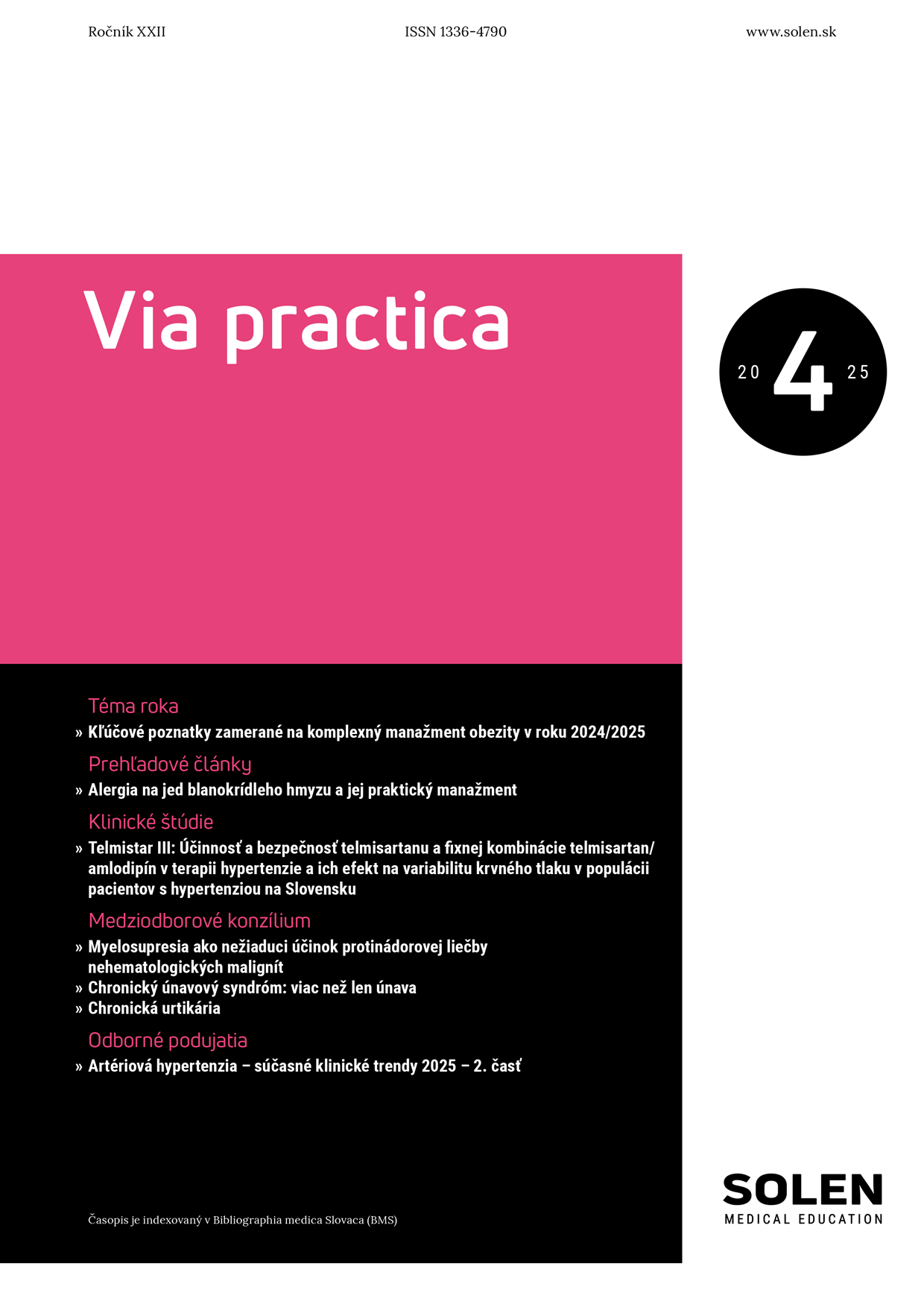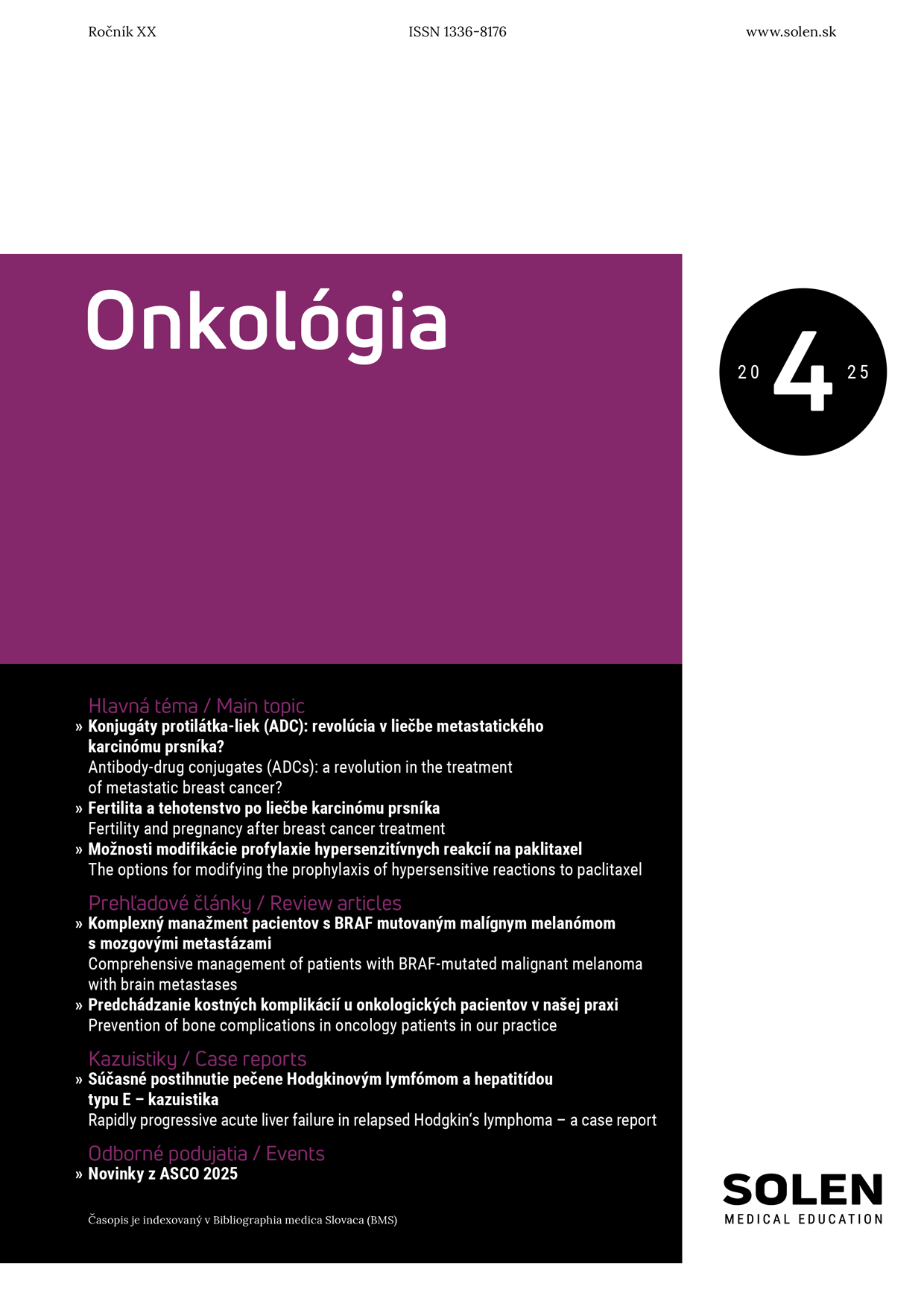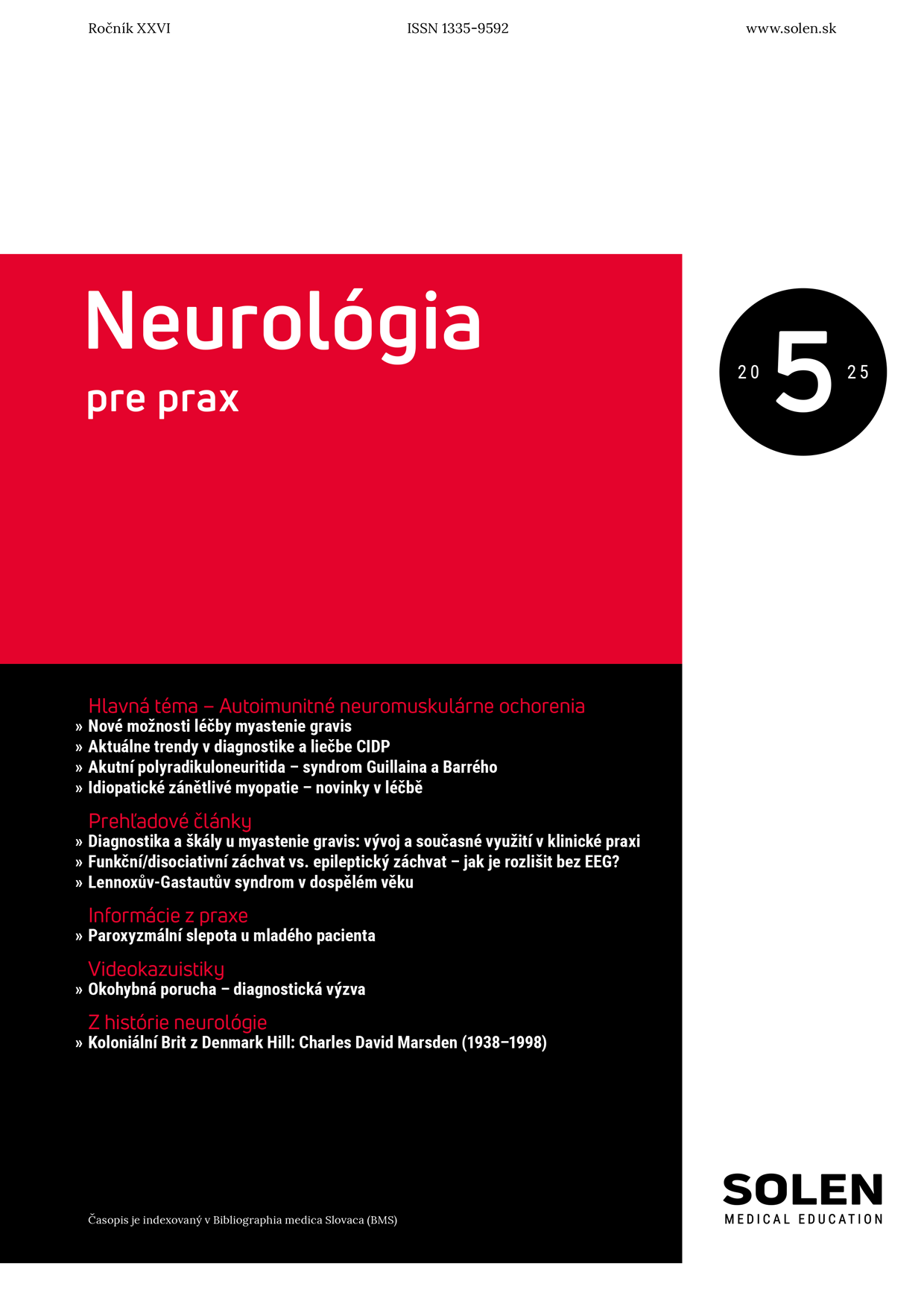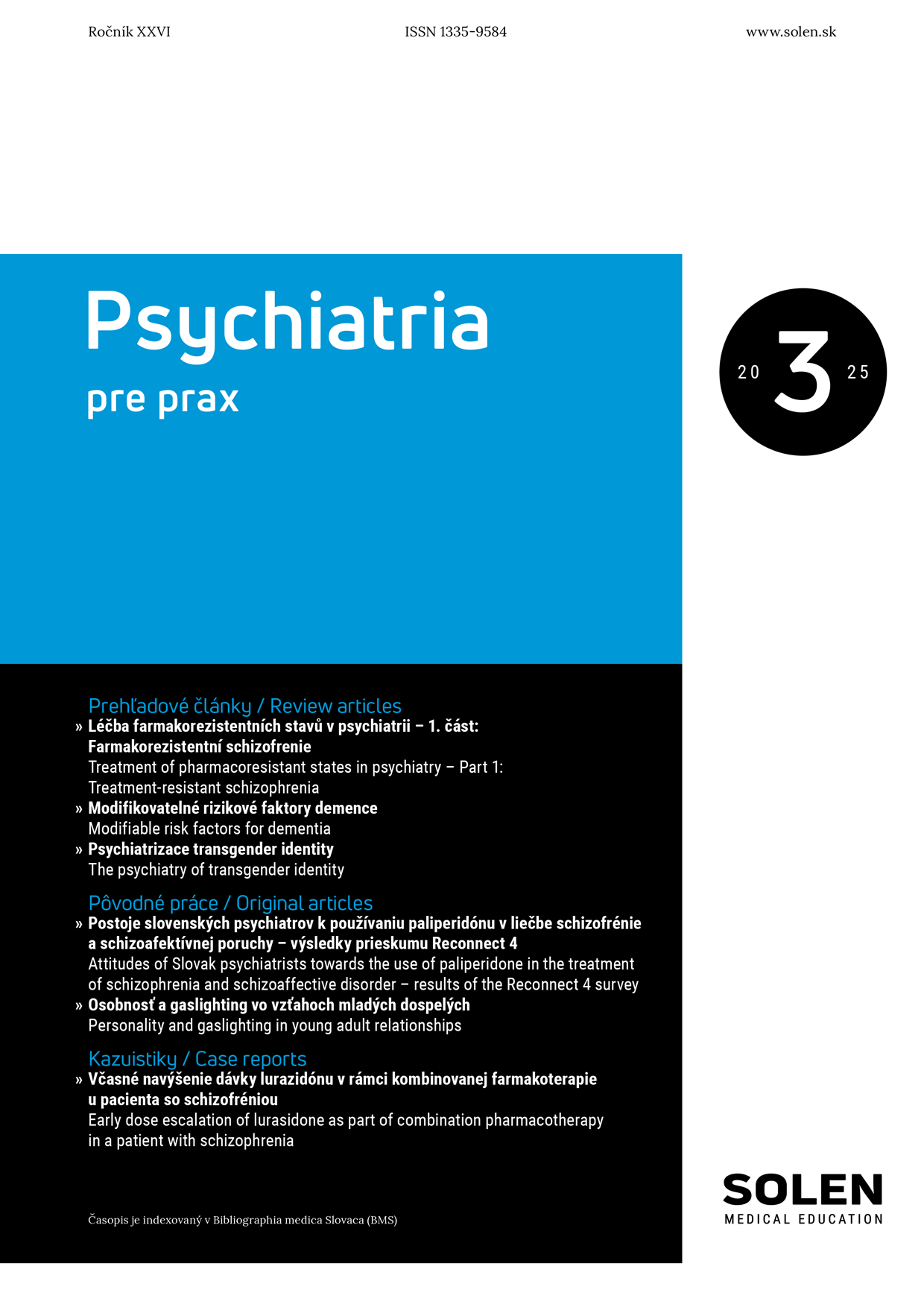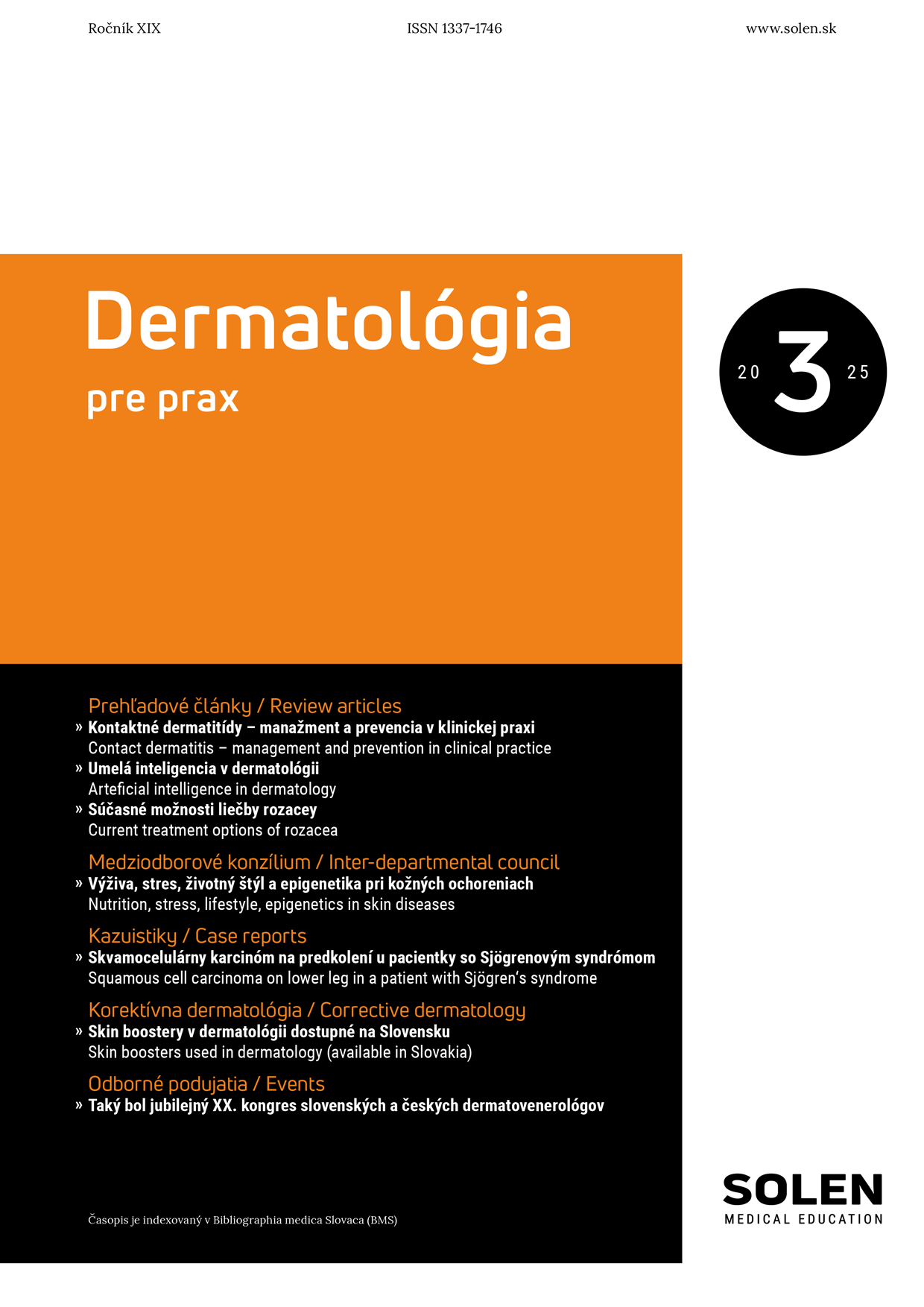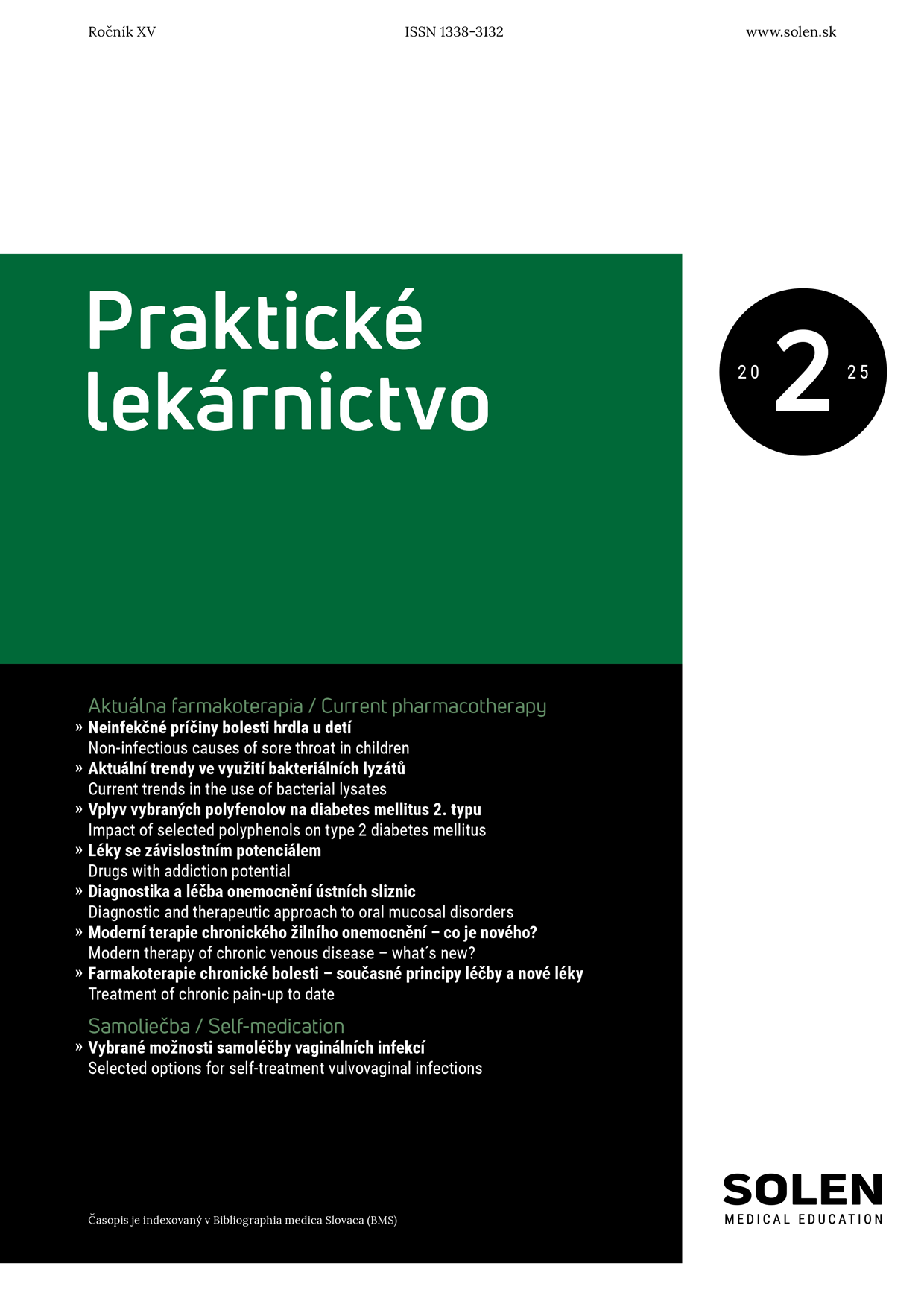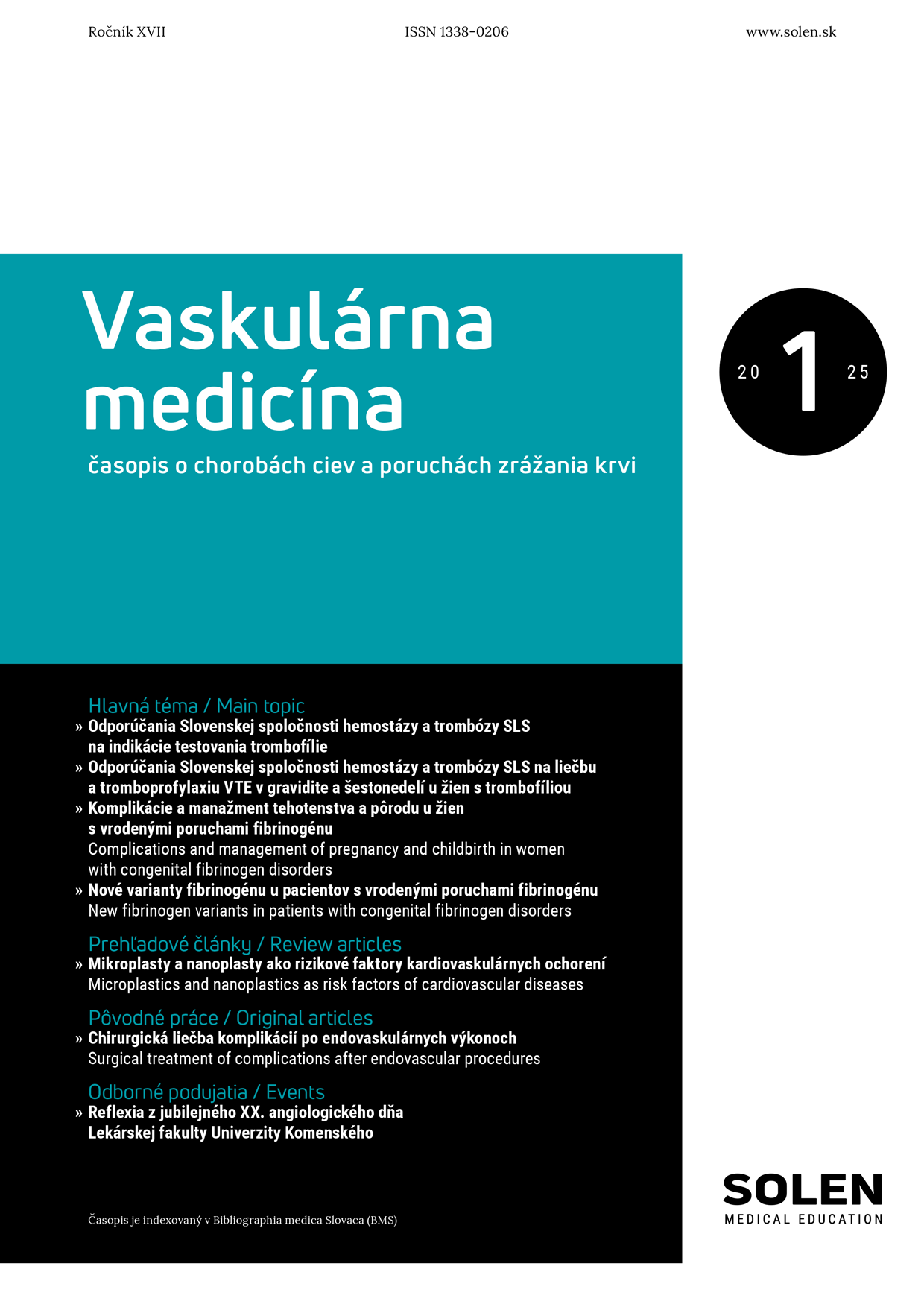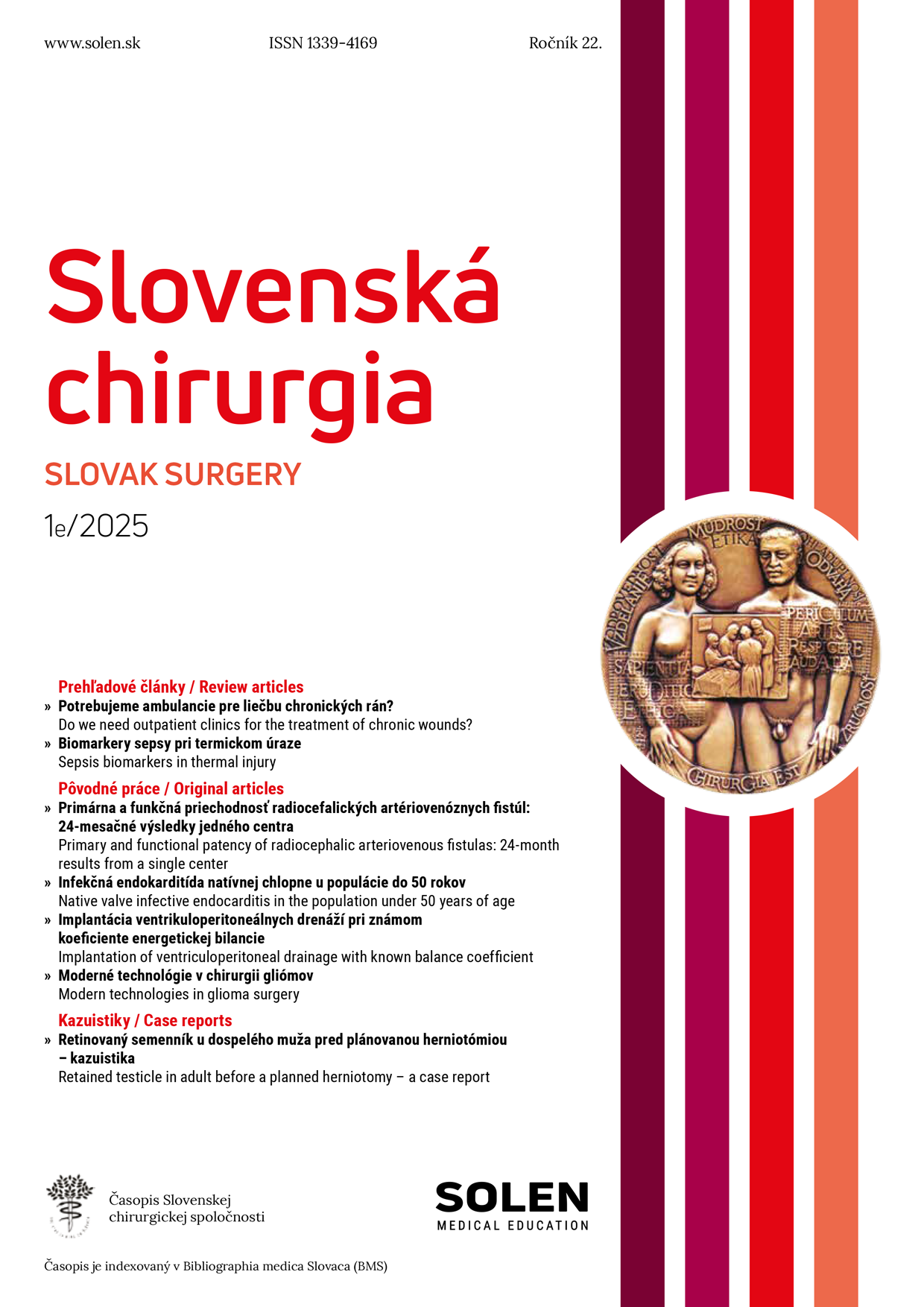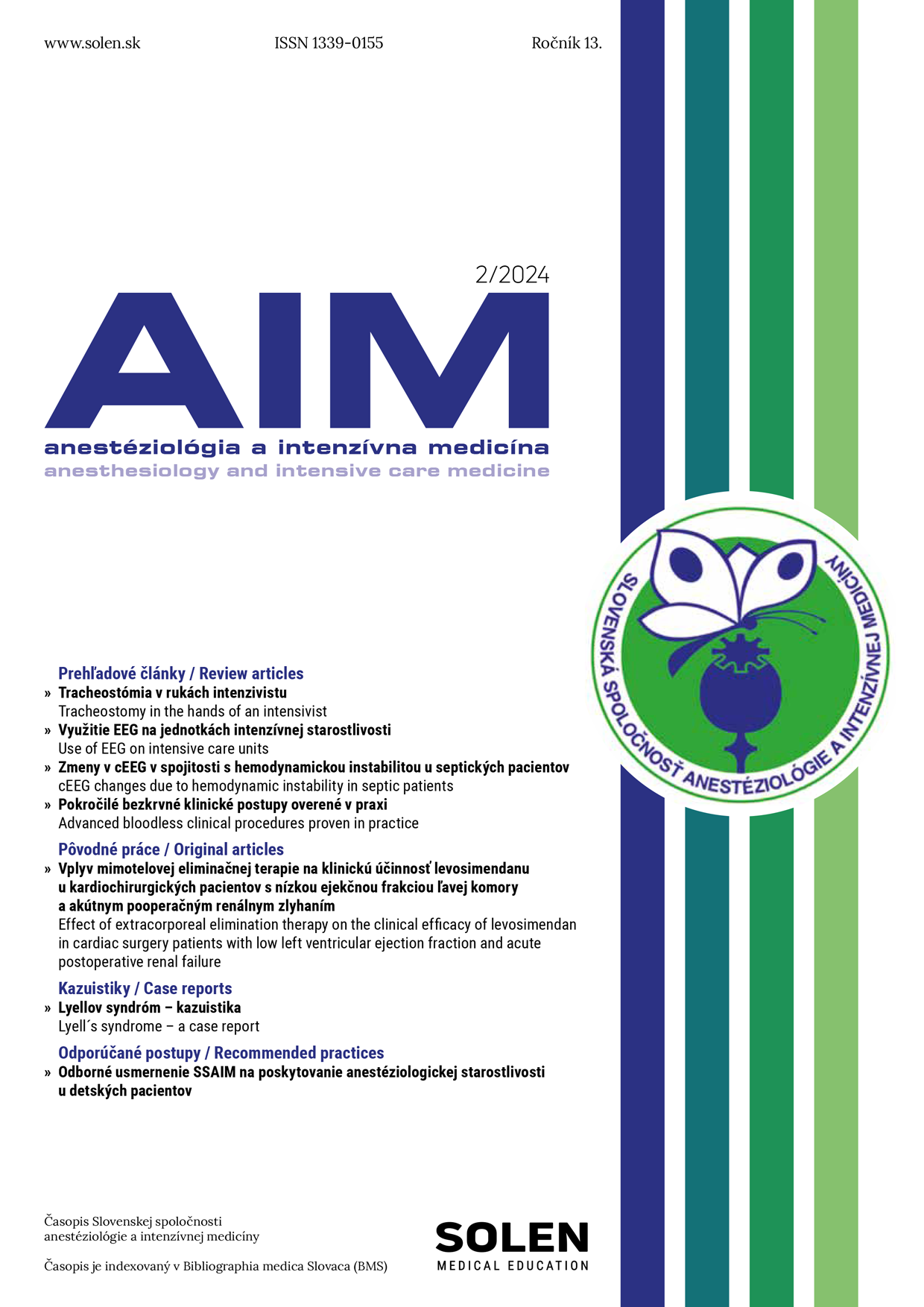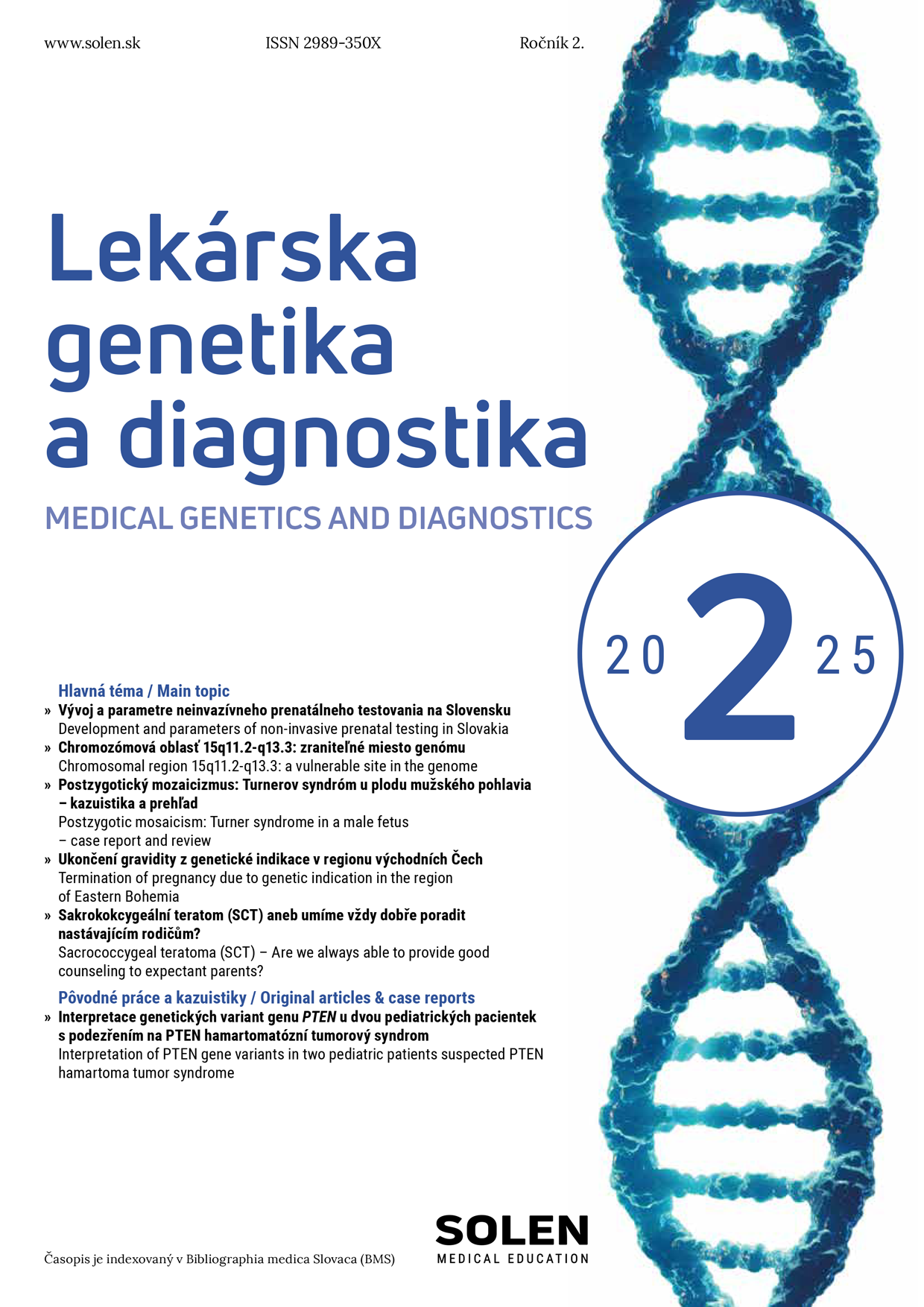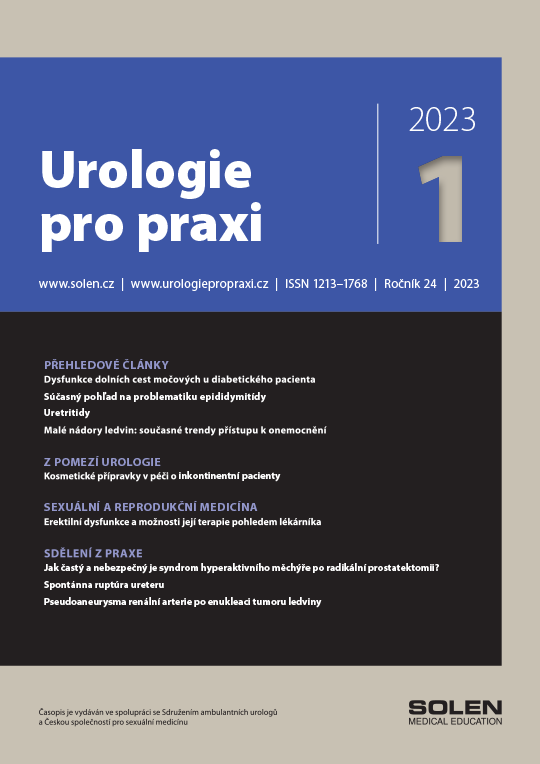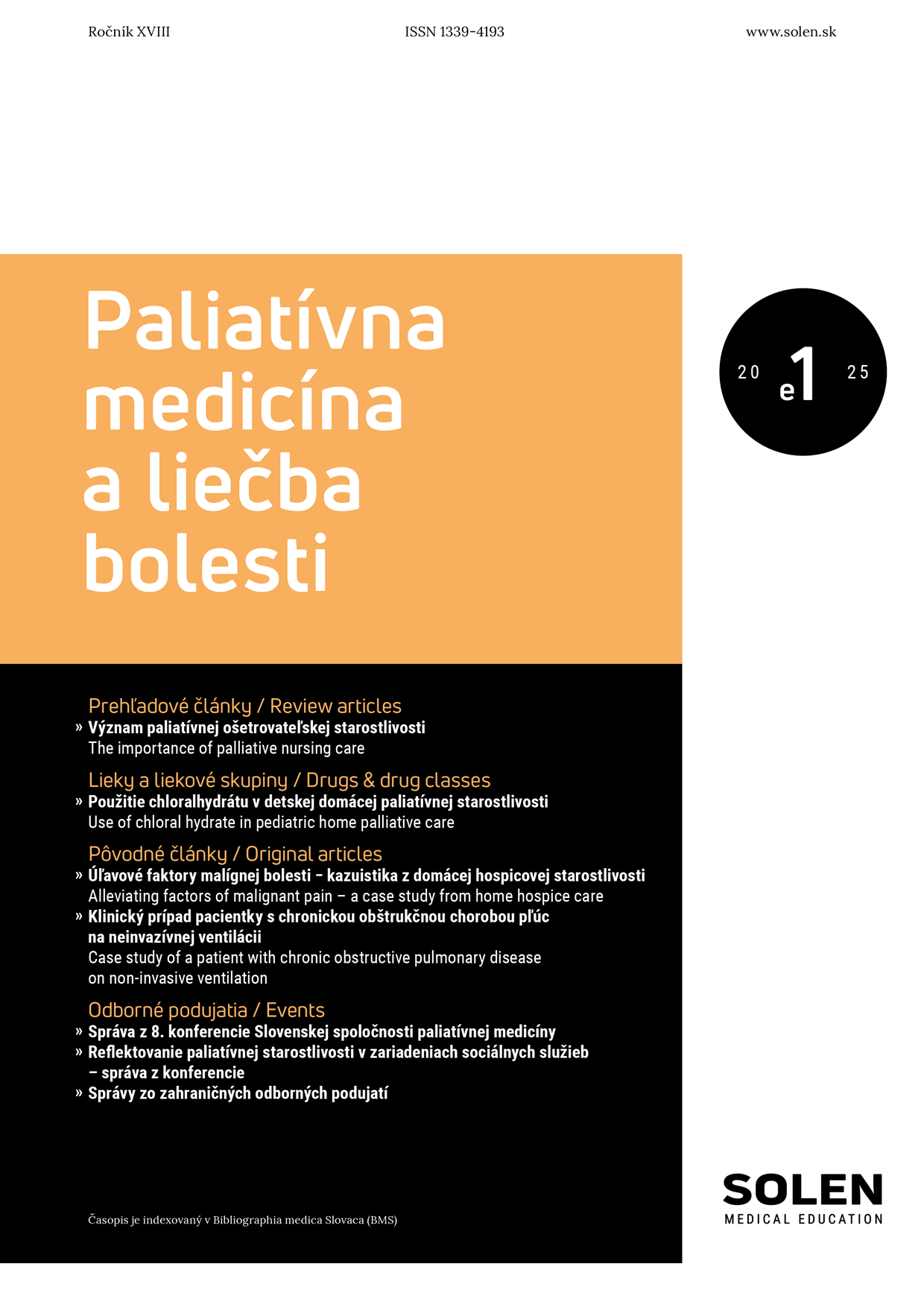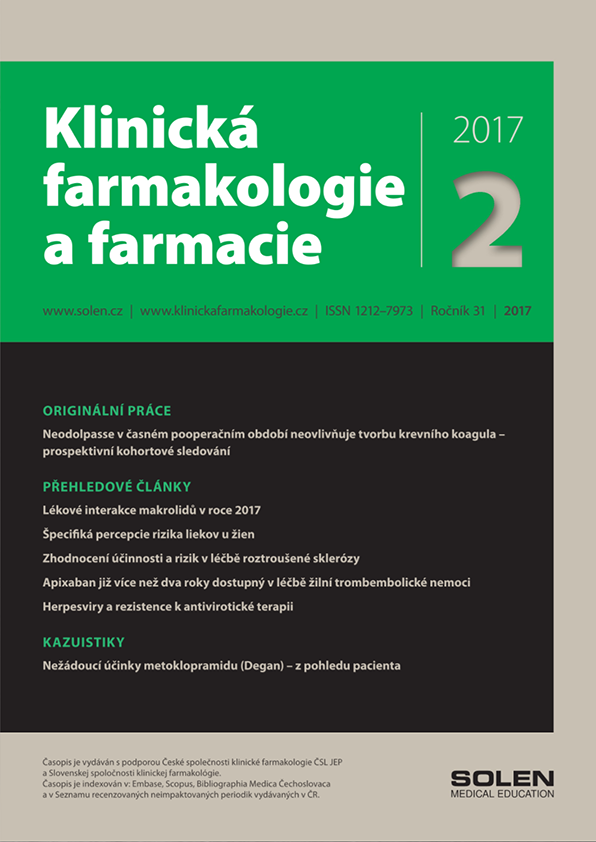Lekárska genetika a diagnostika 2/2025
Genetické vyšetrenie ako kľúč k diagnostike: Kde leží hranica medzi myelodysplastickým syndrómom a akútnou myeloidnou leukémiou?
Ing. Mária Sucháňová, MSc., RNDr. Renáta Lukačková, PhD.
Akútna myeloidná leukémia (AML) a myelodysplastický syndróm (MDS) predstavujú spektrum myeloidných malignít so spoločným patogenetickým základom. Tradičné rozlíšenie medzi týmito ochoreniami bolo historicky založené na podiele myeloblastov v kostnej dreni, pričom hraničná hodnota 20 % určovala diagnózu AML. Nové poznatky však ukazujú, že biologická kontinuita medzi MDS a AML je komplexnejšia a že genetické a epigenetické faktory majú zásadný vplyv na prognózu a stratifikáciu pacientov. Klasifikácia medzinárodného konsenzu pre myeloidné neoplázie a akútne leukémie (ICC) v roku 2022 zaviedla kategóriu MDS/AML, ktorá zahŕňa pacientov s 10 – 19 % blastami, čím reflektuje skutočnosť, že prísne morfologické kritériá nemusia adekvátne odrážať biologickú povahu ochorenia. Mutácie v génoch TP53, DNMT3A a TET2 zohrávajú kľúčovú úlohu v patogenéze a odpovedi na liečbu. Mutácie TP53 sú spojené s nepriaznivou prognózou bez ohľadu na percento blastov, čo podporuje potrebu klasifikácie myeloidných malignít na základe genetického profilu. Moderné terapeutické prístupy sa preto stále viac zameriavajú na molekulárne charakteristiky ochorenia namiesto tradičných morfologických hraníc, čo otvára nové možnosti personalizovanej liečby pre pacientov s MDS a AML.
Kľúčové slová: AML, MDS, WHO, blasty, TP53
Genetic testing as the key to diagnosis: Where is the boundary between myelodysplastic syndrome and acute myeloid leukemia?
Acute myeloid leukemia and myelodysplastic syndrome represent a spectrum of myeloid malignancies with a common pathogenetic basis. Traditionally, the distinction between these diseases was based on the percentage of myeloblasts in the bone marrow, with a threshold of 20% defining AML. However, recent findings indicate that the biological continuum between MDS and AML is more complex and that genetic and epigenetic factors play a crucial role in patient prognosis and stratification. The 2022 International Consensus Classification (ICC) for myeloid neoplasms and acute leukemias introduced the MDS/AML category, which includes patients with 10–19% blasts, reflecting the fact that strict morphological criteria may not adequately capture the biological nature of the disease.Mutations in TP53, DNMT3A, and TET2 genes are key drivers of pathogenesis and treatment response. TP53 mutations are associated with poor prognosis regardless of blast percentage, supporting the need for classifying myeloid malignancies based on genetic profiles. Modern therapeutic approaches are increasingly focusing on the molecular characteristics of the disease rather than traditional morphological thresholds, opening new possibilities for personalized treatment in MDS and AML patients.
Keywords: Acute myeloid leukemia and myelodysplastic syndrome represent a spectrum of myeloid malignancies with a common pathogenetic basis. Traditionally, the distinction between these diseases was based on the percentage of myeloblasts in the bone marrow, with a threshold of 20% defining AML. However, recent findings indicate that the biological continuum between MDS and AML is more complex and that genetic and epigenetic factors play a crucial role in patient prognosis and stratification. The 2022 International Consensus Classification (ICC) for myeloid neoplasms and acute leukemias introduced the MDS/AML category, which includes patients with 10–19% blasts, reflecting the fact that strict morphological criteria may not adequately capture the biological nature of the disease.Mutations in TP53, DNMT3A, and TET2 genes are key drivers of pathogenesis and treatment response. TP53 mutations are associated with poor prognosis regardless of blast percentage, supporting the need for classifying myeloid malignancies based on genetic profiles. Modern therapeutic approaches are increasingly focusing on the molecular characteristics of the disease rather than traditional morphological thresholds, opening new possibilities for personalized treatment in MDS and AML patients.


